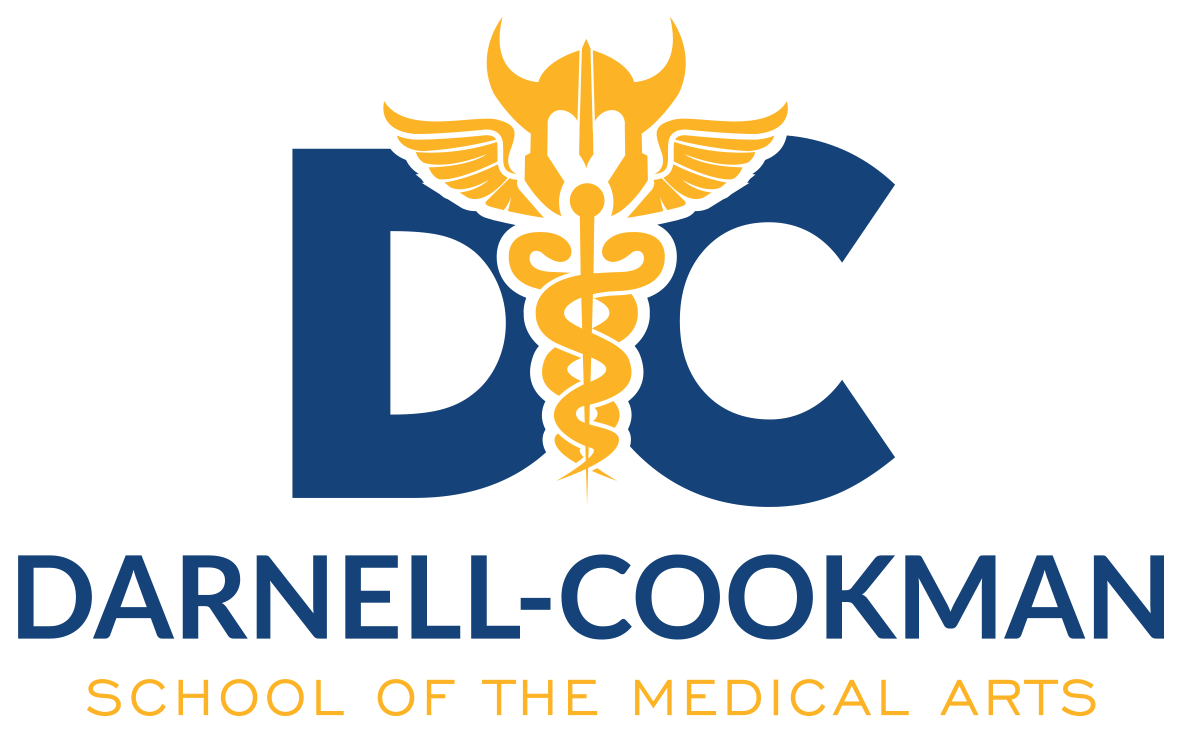
Primary sources are the actual, original artifact from an historic event such as journals or diaries, letters, diagrams, maps, photographs, newspapers, interviews, posters, speeches, songs, financial records, videos, blogs, artifacts... The important thing to remember is that they are first-hand accounts of an event or time.
One way to understand this is to look at the time of US westward expansion of Lewis and Clark. Many non-fiction books and accounts have been written about Lewis and Clark and the Corps of Discovery. Authors have researched the time and the events and given their ideas and opinions on the significance of Lewis and Clark's discoveries. They know so much about this time in history because Lewis and Clark kept a very detailed journal of their expedition. Lewis and Clark's journal is the primary source; it was written by them at the time with details and illustrations of the animals, plants, Native Americans, weather, and landforms they encountered. The non-fiction books written about Lewis and Clark are secondary sources; they were written by authors who were not there at the time but researched the time period from the primary source of the journal.
Primary sources are the original material used to infer and interpret the past; they are necessary for accurate historical research.
From the Library of Congress, this is the preeminent collection of primary sources for American history.Browse by topic or category, collection, or this day in history.
From the Yale Law School Lillian Goldman Law Library, this site has an abundance of primary source documents for law, history, and diplomacy.
Primary sources for studying European History, these links connect to European primary historical documents that are transcribed, reproduced in facsimile, or translated. They shed light within the respective countries over a broad range of historical happenings (political, economic, social and cultural). The order of documents is chronological wherever possible, and may include video or sound files, maps, databases, and other documentation
Making of America (MoA) is a digital library of primary sources in American social history from the antebellum period through reconstruction. The collection is particularly strong in the subject areas of education, psychology, American history, sociology, religion, and science and technology. The collection currently contains approximately 10,000 books and 50,000 journal articles with 19th century imprints. Making of America is made possible by a grant from the Andrew W. Mellon Foundation.
Our Documents (100 Milestone Documents)
To help us think, talk and teach about the rights and responsibilities of citizens in our democracy, we invite you to explore 100 milestone documents of American history. These documents reflect our diversity and our unity, our past and our future, and mostly our commitment as a nation to continue to strive to "form a more perfect union." The Our Documents initiative is a cooperative effort among National History Day, The National Archives and Records Administration, and USA Freedom Corps.
Popular Songs in American History
Songs from American history searchable by century. American folk and traditional music with lyrics, midi files, tune Information and history behind the folksongs and ballads. With folksongs arranged by time period.
Repository of Primary Sources
A listing of over 5000 websites describing holdings of manuscripts, archives, rare books, historical photographs, and other primary sources for the research scholar
Direct online access to the basic Federal Government documents that define our democratic society.
This archive of primary documents from World War One has been assembled by volunteers of the World War I Military History List (WWI-L). International in focus, the archive intends to present in one location primary documents concerning the Great War.
